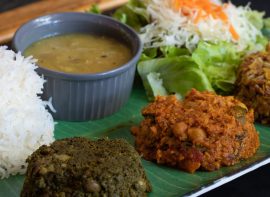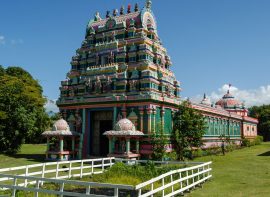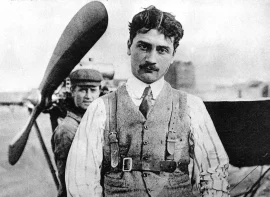

Reunion’s cultural and musical identity has been forged over the centuries. In the image of a mixed population, Réunion’s music and dance were born of the meeting of several peoples (Africa, India, Madagascar, Europe) who pooled their artistic traditions and instruments.
The most emblematic to date are Séga and Maloya, the latter having been classified as an intangible cultural heritage of humanity by UNESCO in 2009. Music, song and dance are omnipresent in the Reunion landscape.
For a long time, the nobility and bourgeoisie danced to the rhythm of the quadrille and minuet in the salons, but the rest of the population, especially the slaves, danced to the Sega and Maloya.
The Sega
Séga originated on the plantations of La Réunion in the 18th century. At the time, the term Séga referred to the music and dance of slaves from Madagascar and the east coast of Africa. In reality, it was Maloya. Modern Séga appeared after the abolition of slavery, inspired by European dances and music such as the quadrille, which was then creolized. Over time, Séga became very popular. The lyrics express the soul of Reunion in the form of romances. Today, the lyrics are in Creole, and its popularity continues unabated. The most famous of these is “P’tit fleur fanée”, by Georges Fourcade, considered to be the anthem of Reunion Island.
Maloya
Maloya is music, song and dance in one. Heir to the slave songs heard on sugar plantations, it is the counterpart of the blues in the United States. It expresses pain and resistance. Musically based on a jerky two-beat rhythm, sometimes haunting or even bewitching, people gathered in the evenings to sing about their misery in the form of interminable melodies, as did the slaves on the cotton plantations of Louisiana. Composed of Malagasy and African words, Maloya is also accompanied by onomatopoeia intended to summon spirits. Instruments such as the roulèr, kayamb, pikèr or sati remain the basis of traditional Maloya. All these instruments form the rhythmic backdrop, with the soloist’s voice and the chorus providing the melody.
Today, Maloya takes on ever more varied forms, both in terms of lyrics and instruments. Traditional instruments are joined by electric and acoustic instruments (guitar, bass, drums, keyboard), brass instruments (trumpet, saxophone), as well as traditional Malagasy (vali), Indian (malbar drum), African (djembe, takamba) and other instruments (harp, piano, violin). A new generation of composers and performers has breathed new life into Maloya, which has made a name for itself on the international scene, combining with other rhythms such as reggae, rock and jazz.
Music is everywhere, and there’s something for everyone: from large concert halls and theaters to small gatherings in rondavelles and kabars, there’s a veritable explosion and cocktail of music organized throughout the island at weekends.
Not to be missed
The Sakifo Festival in Saint-Pierre, the Kaloo Bang Festival in Saint-Denis, the Electropicales in Saint-Denis, the Grand Boucan in Saint-Gilles, the Fête de la Musique and the Fête du 20 décembre (commemorating the abolition of slavery in Réunion, also known as the “Fête de la Libe





